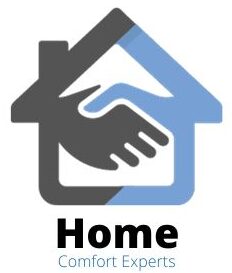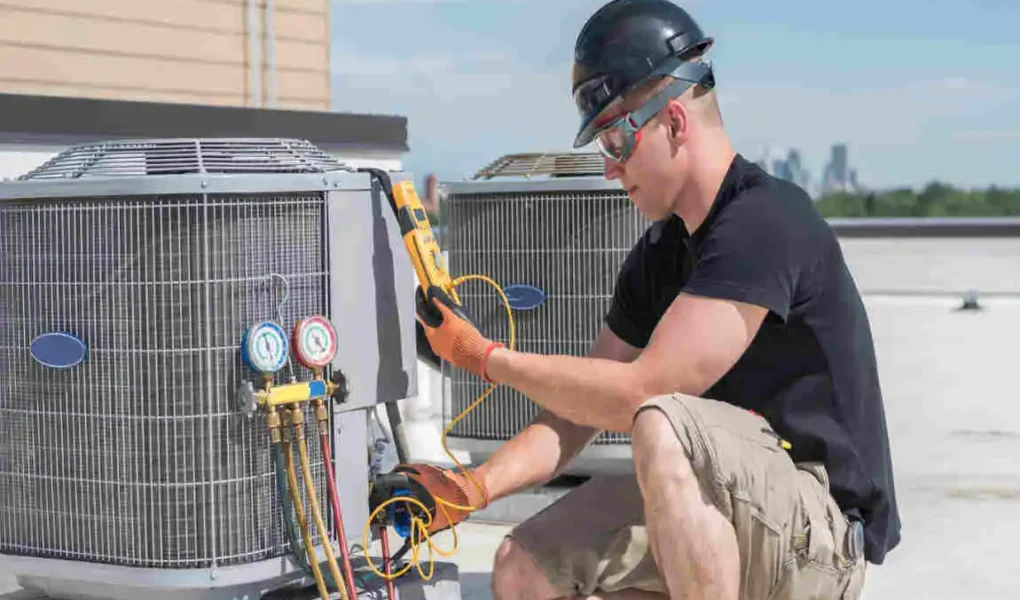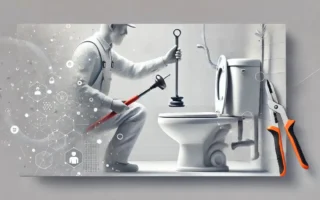Keeping a home comfortable isn’t just about turning on the thermostat or the faucet. Behind your walls lies a hidden partnership of pipes, ducts, and wires that quietly work together every single day. If you have ever wondered, “Is HVAC connected to house plumbing?”, this guide is for you. By the end of these pages, you will understand:
- Why does the heating, ventilation, and air-conditioning (HVAC) system sometimes need help from your household plumbing?
- How water, air, and energy flow through shared pathways.
- What you—as a homeowner—can do to keep this teamwork running smoothly.
Expect plain language, bite-sized explanations, a handy table, and a few checklists you can put to work right away. Let’s dive in.
Understanding HVAC Systems
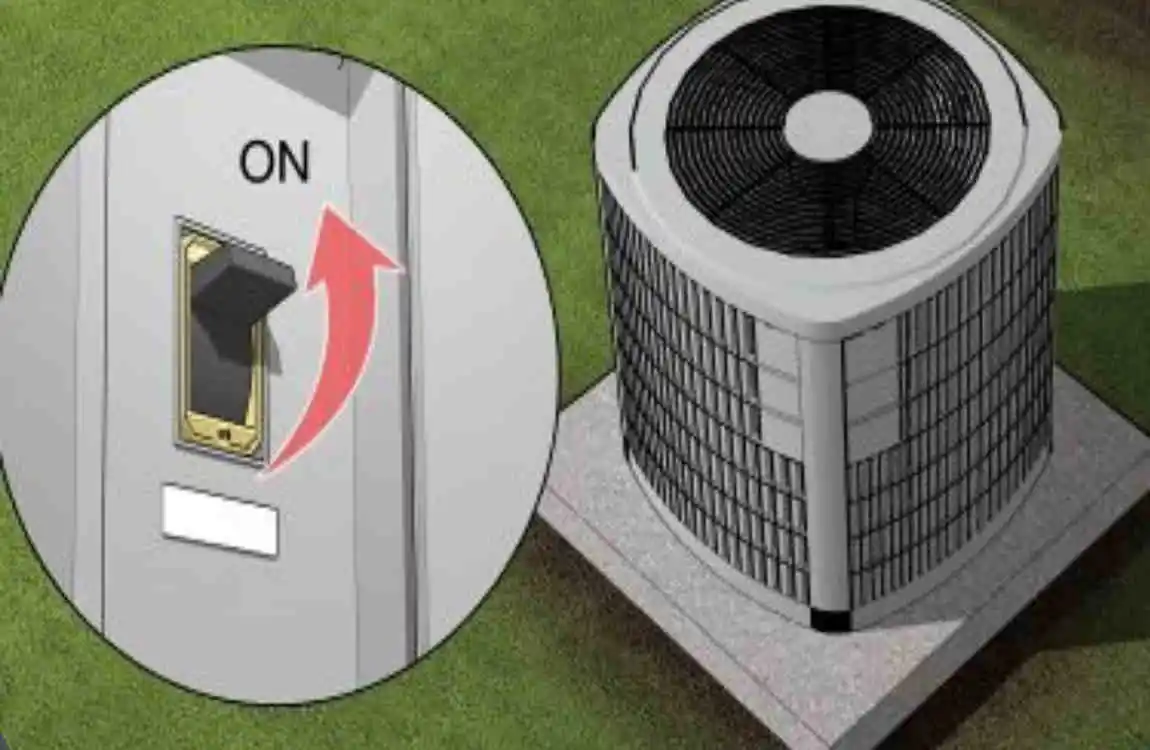
What “HVAC” Really Means
HVAC stands for Heating, Ventilation, and Air Conditioning. Each word covers a fundamental comfort goal.
- Heating raises indoor temperatures in winter.
- Ventilation refreshes stale indoor air by bringing in outdoor air and exhausting pollutants.
- Air Conditioning cools and dries the air in summer.
1.2 Core Parts of a Typical Home HVAC Setup
Most residences rely on some combination of the following:
- Furnace or Boiler – burns fuel or uses electricity to create heat.
- Heat Pump – moves heat rather than creating it, supplying both heating and cooling.
- Air Handler – pushes conditioned air through ductwork.
- Refrigerant Lines & Compressor – central to cooling; they shuttle refrigerant between indoor and outdoor units.
- Condensate Drain – a small vinyl or PVC pipe that whisks away moisture collected during cooling.
- Thermostat & Controls – the brain of the operation.
How HVAC Maintains Comfort
- Your thermostat senses room temperature.
- It commands the heater or air conditioner to start.
- Warm or cool air travels through ducts to each room.
- Moisture removed from indoor air (called condensate) drips into a drain pan and exits the home through a narrow pipe, often tied into the household plumbing.
- When set temperatures are reached, the plumbing system rests.
Notice step 4. That little drain line is the first big hint that HVAC and plumbing are, indeed, teammates.
Overview of House Plumbing Systems
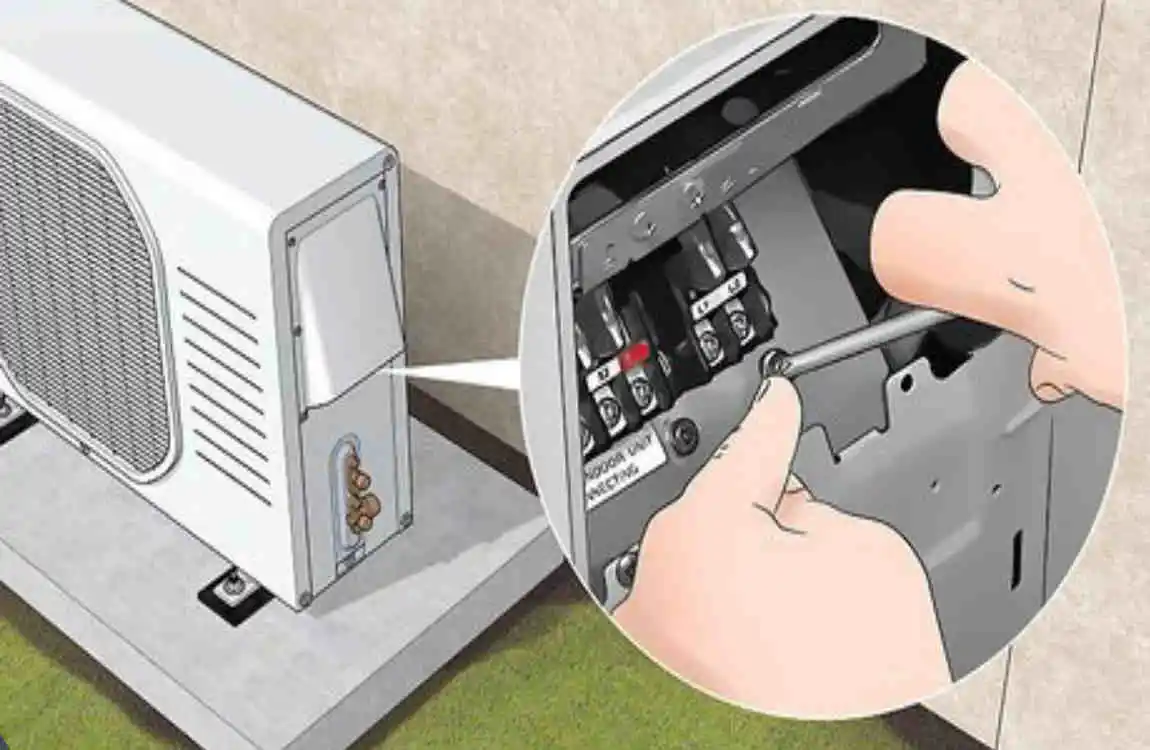
Three Main Plumbing Sub-Systems
- Supply Lines – pressurized pipes that bring fresh water from the municipal main or a private well to your fixtures.
- Drain-Waste Lines – gravity-fed pipes that carry used water and waste out toward the sewer or septic tank.
- Vent Pipes – vertical stacks that let sewer gases safely escape outside while balancing air pressure in the drains.
Common Pipe Materials
- Copper – durable, long history of residential use.
- PEX – flexible plastic, easy to Install, and freeze-resistant.
- PVC – white plastic, popular for drain lines.
- CPVC – similar to PVC but rated for hot water.
Why Plumbing Matters for More Than Just Taps
• Delivers potable water for drinking, cooking, bathing, and—surprise—HVAC components like boilers and whole-house humidifiers.
• Carries away wastewater, protecting health and home structure.
• Provides venting that sometimes doubles as an air passage for combustion appliances.
Key Areas Where HVAC and Plumbing Systems Intersect
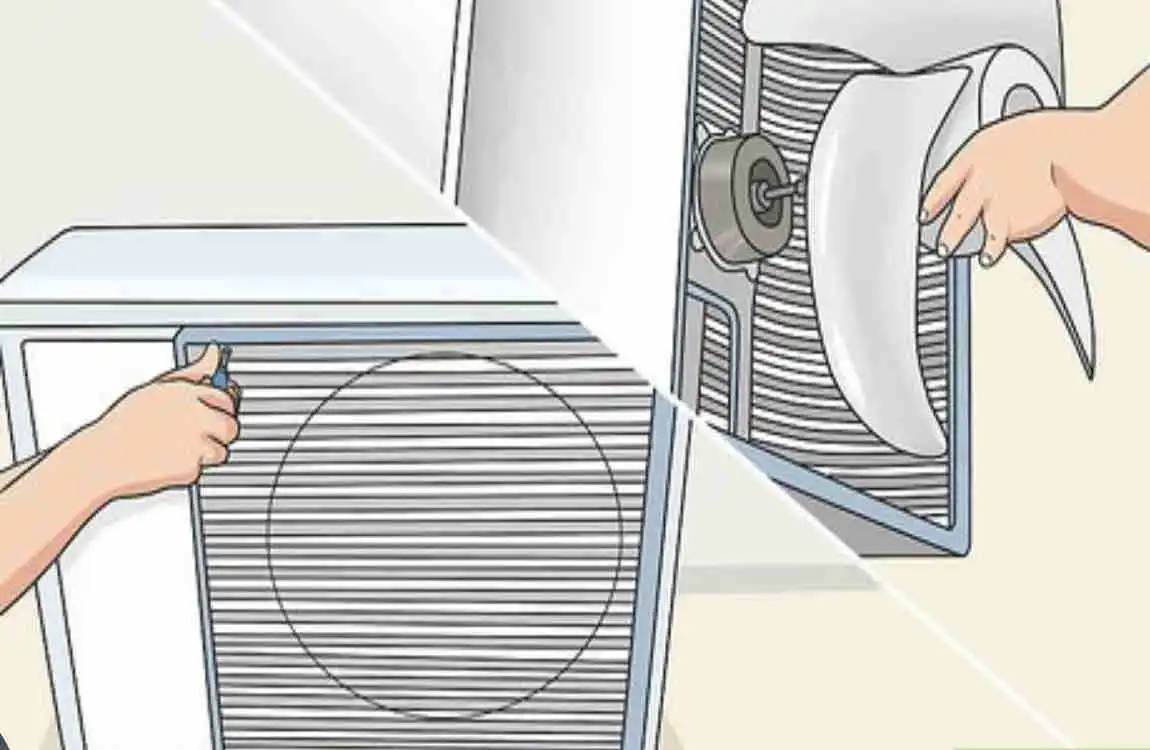
Home designs vary, but the following crossover points keep appearing.
Condensate Drainage
Air conditioners and high-efficiency furnaces pull moisture from the air. The liquid collects in a pan and must exit quickly. Most installers route a small ¾-inch PVC tube into:
- A nearby floor drain.
- A sink tailpiece.
- A dedicated condensate pump that pushes water to the same drain-waste piping used by bathrooms and kitchens.
If this line clogs, you can get ceiling stains, mold, or even a system shutdown.
Water-Hungry HVAC Components
Some HVAC gear actively needs the plumbing supply:
- Boilers for hydronic (water-based) heating.
- Steam humidifiers that boil tap water to add moisture.
- Evaporative coolers in dry climates that drip water onto pads.
- Cooling towers for large homes or multi-family residences rely on constant water flows for heat rejection.
These devices tap directly into cold-water lines, often with backflow preventers to keep potable water safe.
Shared Venting Pathways
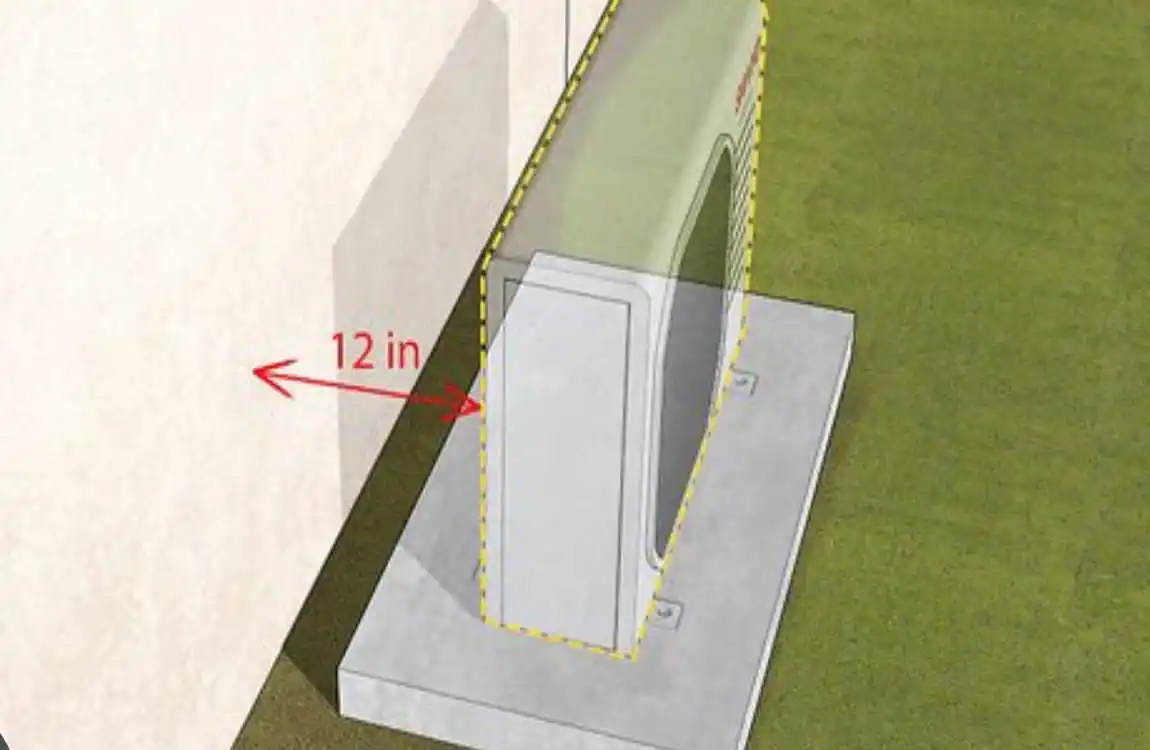
High-efficiency furnaces send exhaust through plastic flues, yet older gas appliances still tie into masonry chimneys or B-vent stacks—spaces also serving water heaters. Although not a “water pipe” link, the vent stack is a shared path where combustion by-products exit.
Table: Quick Look at Overlap Points
HVAC Component, Plumbing Tie-In, Possible Risks if Neglected, Maintenance Tip
AC Condensate Pan/Line Drains into DWV piping. Water damage, mold, and shutdown. Flush the line with vinegar twice a year.
Boiler (Hydronic Heating): Direct cold-water supply; backflow valve. Low system pressure, leaks. Check the pressure gauge monthly.
Whole-House Humidifier Cold-water tap connection Mineral buildup, leaks Replace pad each heating season.
Evaporative Cooler Constant water feed & bleed-off drain Scale, overflow, structural rot Clean pads and check float valve quarterly
High-Eff. Furnace Venting: May share vent chase with water heater; CO leaks if the joint vent is blocked. Annual professional inspection
